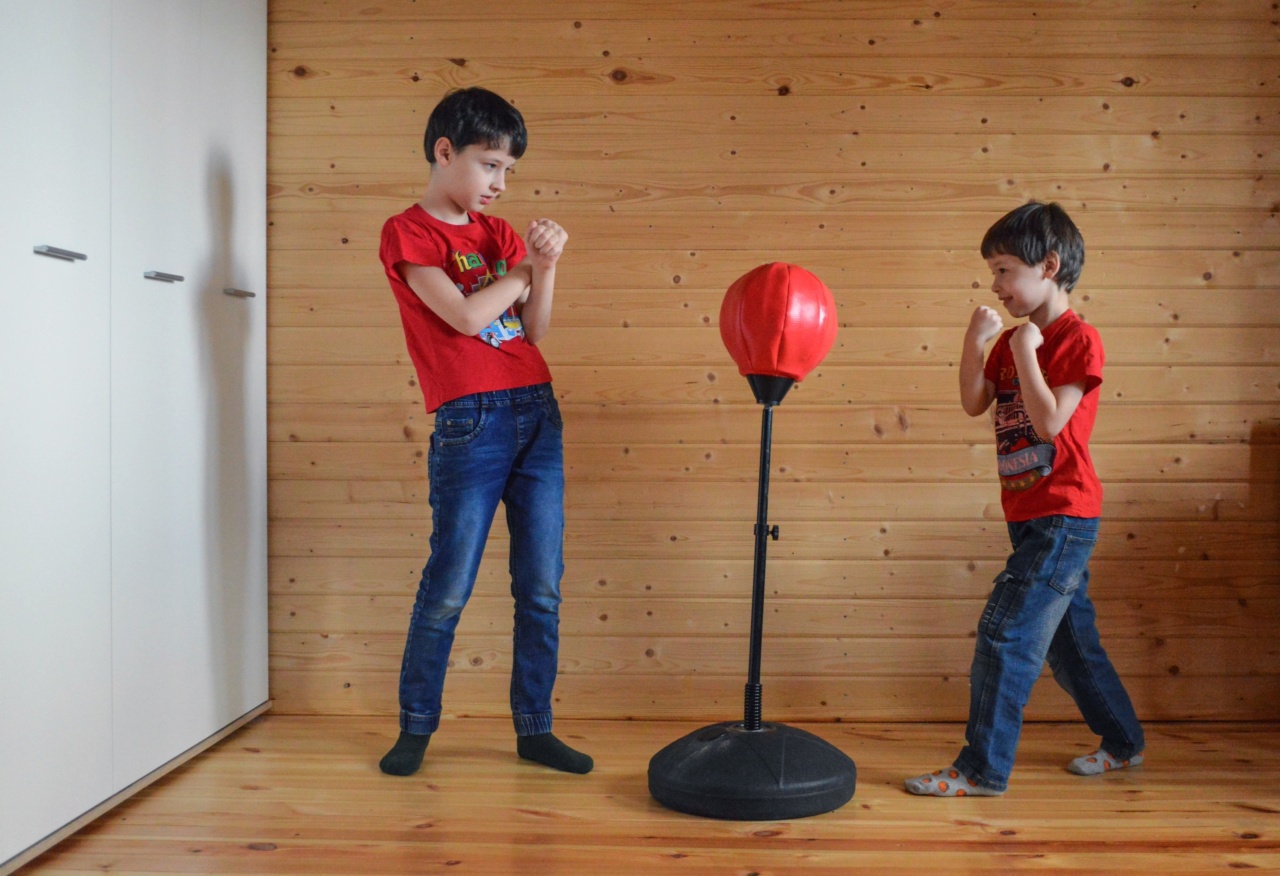As we age, our bodies experience a natural decline in muscle mass, bone density, and joint flexibility. This can lead to a variety of health problems such as osteoporosis, arthritis, and general weakness.
However, regular exercise can help combat these effects of aging and help keep you strong and healthy at any age.
Why Exercise is Important for Senior Health
Regular exercise has been shown to have numerous benefits for seniors, including:.
- Improved muscle strength and flexibility
- Increased bone density
- Reduced risk of falls and injury
- Better balance and coordination
- Improved mental health and cognitive function
- Lower risk of chronic diseases such as heart disease and diabetes
The Best Exercise for Seniors
While any type of physical activity is beneficial, there is one particular exercise that stands out as the best for seniors: resistance training.
Resistance training, also known as strength training or weightlifting, involves using weights or other resistance to work your muscles.
This type of exercise is highly effective at building and maintaining muscle mass, improving bone density, and increasing overall strength and mobility.
There are many different ways to do resistance training, including using dumbbells, resistance bands, weight machines, or even your own body weight. The key is to start light and gradually increase the weight or resistance over time.
The Benefits of Resistance Training for Seniors
There are numerous benefits to incorporating resistance training into your exercise routine as a senior.
Builds Muscle Mass
As we age, we naturally lose muscle mass. However, regular resistance training can help slow or even reverse this process, allowing you to maintain or even increase your muscle mass.
This is important for overall strength, mobility, and independence as you age.
Increases Bone Density
Resistance training has also been shown to increase bone density, which can help reduce the risk of osteoporosis and fractures.
By putting stress on your bones through weightlifting or other resistance exercise, you stimulate the growth of new bone tissue, making your bones stronger and more resilient.
Improves Balance and Coordination
Resistance training can also help improve your balance and coordination, reducing the risk of falls and injuries. By strengthening your leg and core muscles, you improve your ability to maintain balance and stay stable on your feet.
Boosts Metabolism and Burns Fat
Another benefit of resistance training is that it can help boost your metabolism, making it easier to maintain a healthy weight and burn fat. Building muscle mass increases your resting metabolic rate, meaning you burn more calories even at rest.
Improves Mental Health and Cognitive Function
Resistance training has also been shown to have positive effects on mental health and cognitive function.
Studies have found that regular strength training can reduce symptoms of depression and anxiety, as well as improve memory and cognitive performance.
How to Get Started with Resistance Training
If you’re interested in incorporating resistance training into your exercise routine, it’s important to start slowly and safely.
Consult with Your Doctor
Before starting any new exercise program, it’s important to consult with your doctor to make sure you’re healthy enough for physical activity.
They can help you determine what types of exercise are safe and appropriate for your specific needs and abilities.
Start Light
When starting with resistance training, it’s important to begin with light weights or resistance and gradually increase over time. This will help prevent injury and ensure that you’re able to perform the exercises safely and effectively.
Focus on Proper Form
Proper form is crucial when it comes to resistance training. Make sure you’re following the correct technique for each exercise, and don’t hesitate to ask a trainer or fitness professional for help if you’re unsure.
Alternate Muscle Groups
It’s important to give your muscles time to rest and recover between workouts. One way to do this is to alternate muscle groups on different days.
For example, you might do upper body exercises on Monday, lower body exercises on Wednesday, and core exercises on Friday.
Stay Consistent
Consistency is key when it comes to resistance training. Make it a regular part of your exercise routine, aiming for at least two or three sessions per week.
Conclusion
Resistance training is one of the most effective types of exercise for seniors, offering numerous benefits for muscle strength, bone density, balance, metabolism, and overall health.
By incorporating this type of exercise into your routine, you can stay strong and independent at any age.































